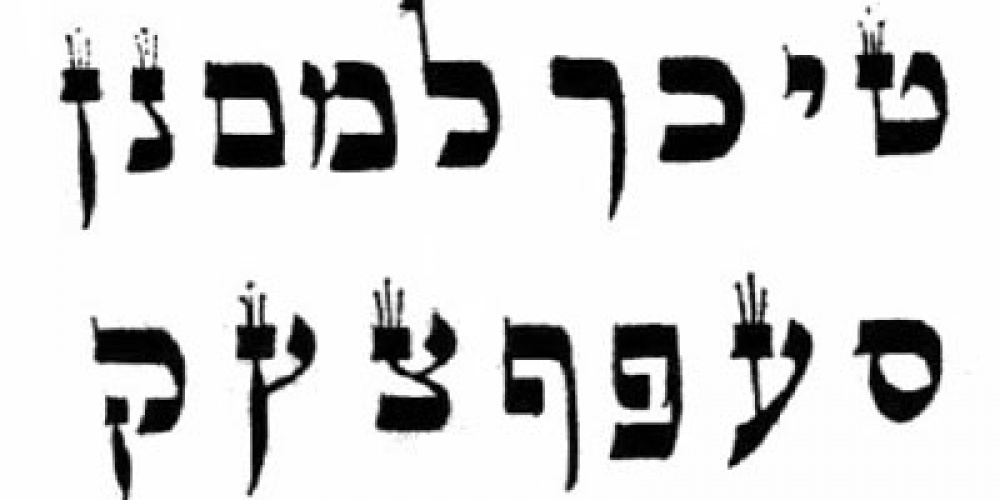The Hebrew alphabet is one of the oldest in the world, and it has been used to write the Hebrew language for thousands of years. The alphabet used in Biblical Hebrew is unique, with many letters and sounds that are not found in other languages. In this article, we will explore the unique alphabet of Biblical Hebrew, from Aleph to Tav.
The Hebrew alphabet contains 22 letters, and each letter has a unique sound and meaning. Unlike many other alphabets, the letters in the Hebrew alphabet are also used as numbers. This means that each letter has a numerical value, and this system is used in many Jewish traditions for numerology and interpretation of the text.
The first letter in the Hebrew alphabet is Aleph. Aleph is silent, and its shape is used to represent the number 1. The second letter is Bet, which has a hard "b" sound and is used to represent the number 2. The third letter is Gimel, which has a hard "g" sound and is used to represent the number 3. This pattern continues through the alphabet, with each letter having a unique sound and numerical value.
One interesting aspect of the Hebrew alphabet is that many of the letters have multiple forms. For example, the letter Kaf can be written with a dot in the middle or with a line above it, and each form has a different sound and meaning. This flexibility allows for greater creativity and expression in the written language.
Another unique aspect of the Hebrew alphabet is the way that vowels are represented. In Biblical Hebrew, vowels are represented by a series of dots and dashes above and below the letters. This system is known as niqqud, and it allows for greater precision and clarity in the written language.
The Hebrew alphabet has a rich history and cultural significance, and it has been used to write some of the most important texts in the Jewish tradition. By exploring the unique alphabet of Biblical Hebrew, we can gain a greater appreciation for the language and its significance in religious and cultural traditions.
The Hebrew alphabet is a unique and fascinating system of letters and sounds. From Aleph to Tav, each letter has a unique meaning and significance, and the system as a whole has played an important role in Jewish culture and tradition for thousands of years. Whether you are a scholar, a student of religion, or simply a curious reader, exploring the alphabet of Biblical Hebrew can deepen your understanding and appreciation of the language and its cultural significance.




